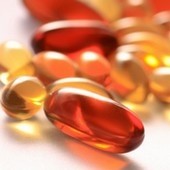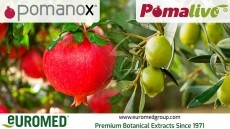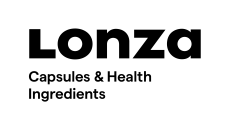Mainstream herbal sales soar, says report
Published in the current issue of ABC’s journal HerbalGram, the report identified a 14 percent sales hike in this channel, to reach a total of $335,585,700 for 2009.
When other market channels are included in the equation, the overall all sales increase dips to 5 percent, with total estimated sales of just over $5bn.
“This news is really remarkable. In the most economically difficult market in over 70 years, when almost all consumer goods experienced a drop in sales, consumers voted strongly with scarcer dollars for herbal dietary supplements,” said Mark Blumenthal, ABC director and editor of HerbalGram.
Mixed data
The report draws on herb supplement sales statistics from market research firms Information Resources Inc (IRI), Nutrition Business Journal (NBJ), and SPINS. However, the collated figures are not fully representative of the market due to different measurement methods and data sets used by each research firm. In addition, some of the market outlets for supplements are omitted from the report.
Nevertheless, the report provides a good indication of the market direction for herbal supplements in the US as well as the product preferences of consumers shopping in different outlets.
Top products vary by outlet
According to data from SPINS, which tracks sales in the natural and health foods channel (excluding Whole Foods Markets), the most popular single herbal supplements were aloe, flaxseed oil, wheat grass and barley grass. Overall sales of botanical dietary supplements in the natural and health foods channel reached $249,664,836, an increase of 4.5 percent over 2008 sales in this channel.
The top-selling herbal singles in the food, drug, and mass market channel, according to IRI, were cranberry, soy, saw palmetto, garlic, and echinacea. IRI tracks sales in grocery stores, drugstores, and mass market retailers (excluding Wal-Mart, Sam’s Club, other large warehouse buying clubs and convenience stores).
Sales of single herbal dietary supplements grew by 6 percent, and sales of combination herbal supplements increased by 2 percent in 2009, according to data from NBJ.
NBJ, which arrived at the $5bn estimated overall market size, based its conclusion on data from company surveys, interviews with major retailers and industry experts, and “various published and unpublished secondary material”.
Supplement resilience
Although the economic climate has exerted some effects on the functional foods and supplements sectors, these are, on the whole, thought to be more resilient than other industries. Some industry experts suggest that supplements in particular may even stand to benefit from a growing focus on alternative healthcare.
The HerbalGram report supports this view:
“These statistics from NBJ, IRI, and SPINS indicate that the economic downturn may have contributed to sales growth for herbal supplements, as it appears to have done for the dietary supplement industry as a whole,” writes Blumenthal.
To access the report, click here.











